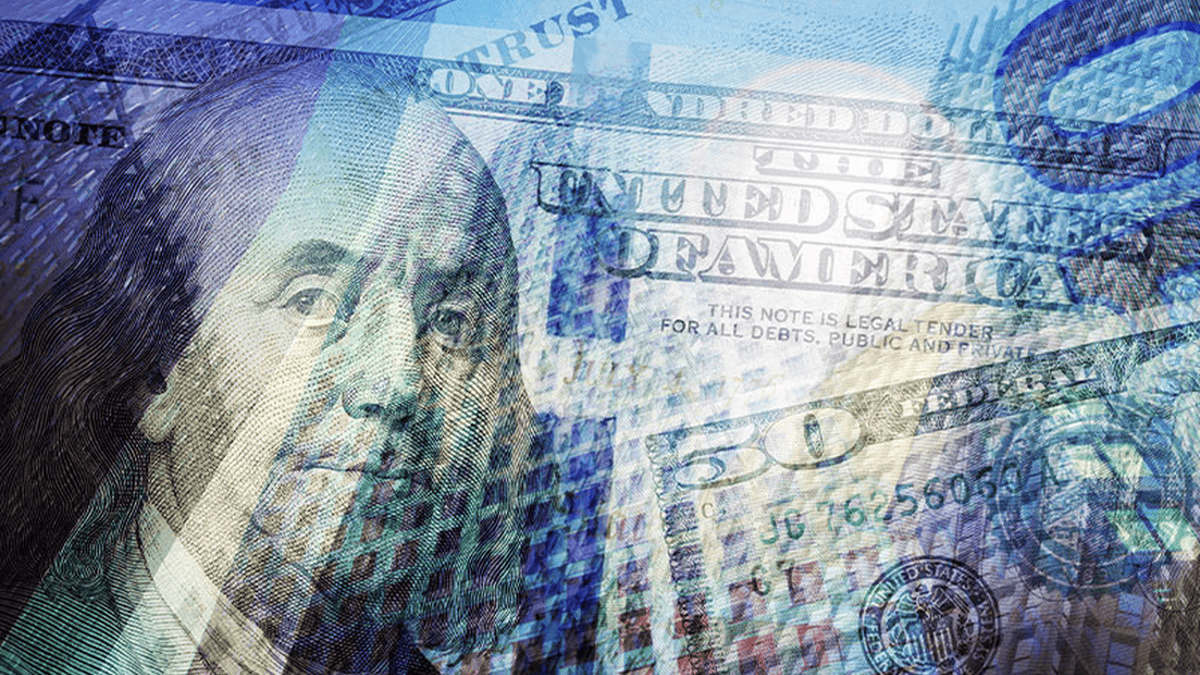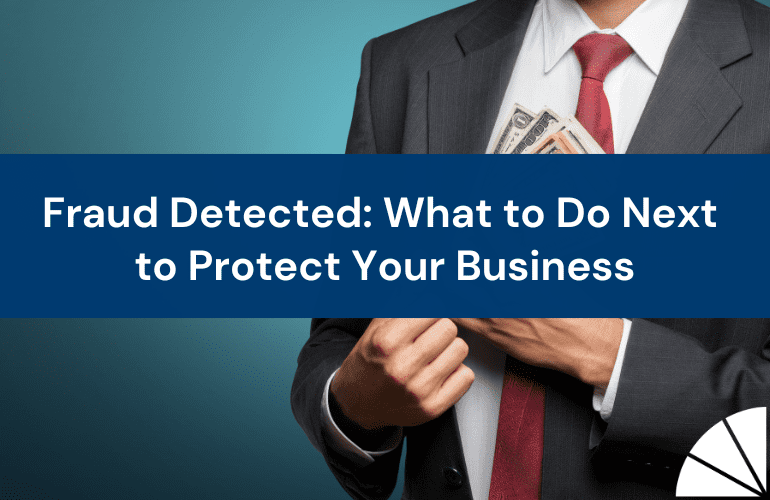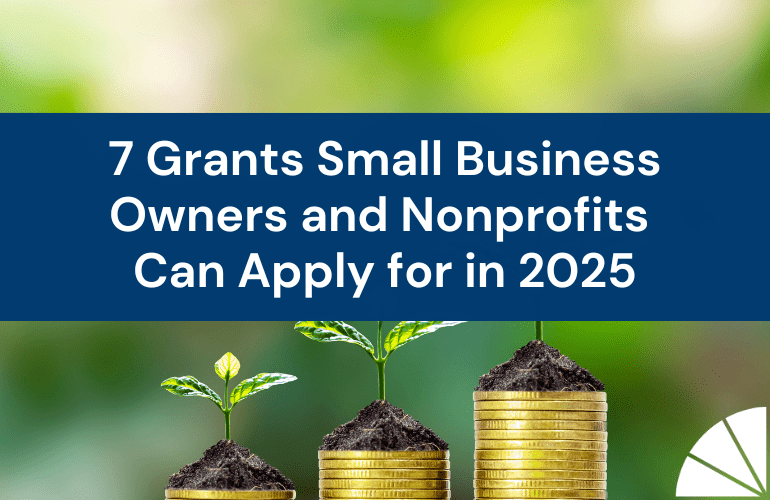
The Coronavirus Aid, Relief, and Economic Security Act (CARES Act), enacted Friday, March 27, 2020, commences Phase III of the economic stimulus plan created to provide economic relief to the American people and our nation’s businesses.
At LGA, we know our community and clients have been affected by the COVID-19 pandemic, and we understand how crucial the aid this legislation provides is for keeping your businesses open and keeping your workers employed. It’s our goal to ensure you understand all avenues and resources for economic relief that are available to you.
The Act expands two major programs that target the immediate needs of businesses during the COVID-19 crisis, the Paycheck Protection Program (PPP) and Economic Injury Disaster Loans (EIDLs). We want to take a look at each of these in terms of how they can benefit businesses in need.
Paycheck Protection Program (PPP)
What businesses are eligible for PPP loans?
The CARES Act infused the SBA 7(a) loan program with $349 billion in new lending capacity.
These loans are available to small businesses, nonprofits, Tribal business concerns, and veteran’s organizations with 500 or fewer employees, and have retained their employees and payroll levels, during the covered loan period of February 15, 2020 through June 30, 2020. Businesses with more than one physical location, with no more than 500 employees per location, and businesses with more than 500 employees meeting the SBA size standards by industry are still eligible for loans. The Act also deems sole-proprietors, self-employed individuals, and contract workers eligible for the PPP.
When and where are these loans available?
Businesses meeting the eligibility requirements will soon be able to apply through existing SBA certified lenders. We encourage you to contact your preferred banks or credit unions now to inquire about their participation in the program. Gathering data now is key, even though it may be close to 2 more weeks before this program gets completely off the ground. The Act also gives these lenders the authority to bypass certain SBA channels in determining a borrower’s eligibility and creditworthiness to expedite the assistance process. Lenders through this program know that basing the loan on a business’s ability to repay isn’t feasible in a crisis, and they will follow the same eligibility standards outlined above. Your lender will ask for a certification of Good Faith, stating that your needs are on account of COVID-19, and they will inquire about other forms of assistance you are receiving.
What is the maximum amount this type of loan provides?
The loan maximum is calculated as the lesser of 2.5 times your average monthly payments for payroll costs, as defined below, incurred during the 1-year period before the date on which the loan is made, OR $10,000,000. For new businesses, the measurement period used for average payroll is January 1, 2020 to February 29, 2020. The CARES Act defines qualifying payroll costs as salaries, wages, commissions, bonuses, cash tips, vacation, parental/family/medical/sick leave, and includes allowance for dismissal or separation, payments required for group health benefits (including insurance premiums), retirement benefits, state or local tax assessments, and certain 1099 wages.
What can I use this type of loan for?
PPP loans can be used for payroll costs, which are listed above. Loans may also be used for expenses such as mortgage interest, rent, utilities, and for interest on other debt obligations your business incurred prior to February 15, 2020.
Will any or all of this loan be forgiven?
The portion of your loan used for payroll costs and the other approved expenses (defined above) over a period of 8 weeks following loan origination are eligible for forgiveness, as long as proper documentation (payroll records, canceled checks, etc.) is submitted to the lender.
It’s possible for the loan to be 100% forgiven if it’s used only for approved costs and your company meets certain employee retention and compensation benchmarks. For example, for the covered period in 2020, your average number of employees and compensation by employee (limited to $100,000 annually) will be compared with the same period for 2019. A reduction in average headcount or a reduction in compensation of more than 25% in total salary and wages for the covered period causes a proportional decrease in the amount of the loan that will be forgiven. But keep in mind, if you are able to do so before June 30, 2020, rehiring laid-off workers and restoring your payment of their compensation allows you to maintain full forgiveness without penalty.
Any unforgiven portion of a loan through the PPP will have a maximum 10-year maturity. These loans will continue to be 100% guaranteed by the U.S. Government. And you can expect pay-back terms similar to other SBA 7(a) loans.
What are the some additional PPP considerations?
If you meet the eligibility requirements, this program is STRONGLY encouraged. There is no collateral required and you do not have to make a personal guarantee. Payments, including principal, interest, and fees, may be deferred for no less than 6 months and no more than 1 year. Prepayment, as well as both borrower and lender fees are waived on these loans, and for tax purposes, canceled loan amounts will not be included in gross income. And businesses already receiving aid through an Economic Injury Disaster Loan (EIDL) are still eligible to apply for assistance through the Paycheck Protection Program.
Economic Injury Disaster Loans (EIDLs)
What businesses are eligible for EIDLs?
EIDLs are working capital loans now available to small businesses, small agricultural cooperatives, small businesses engaged in aquaculture, and most private, non-profit organizations. These loans are in place to help these types of businesses meet their financial obligations through the disaster recovery period, which is January 31, 2020 to December 31, 2020. General SBA standards will be used in defining “small business,” including businesses, including affiliates under common control, with fewer than 500 employees and revenue of less than $35 million.
Your business must be in good standing with the SBA on any previous loans received. And, unlike the Paycheck Protection Program, credit history is taken into account for EIDLs. The SBA does require a demonstrated ability to repay this type of loan. Collateral, often real estate, or a pledge of collateral is required for EIDLs over $25,000. And personal guarantees will be required for loans over $200,000.
The qualification process may take 2-3 weeks, and upon approval, funding generally takes up to 5 days. But certain businesses will be able to request an advance of up to $10,000, which would be distributed to you within 3 days, if granted. Even if your application for an EIDL is denied, this advance will be a grant which will NOT have to be repaid. The only condition here is that the funds must go toward approved expenses relating to COVID-19.
When and where are these loans available?
EIDLs are provided through the Small Business Administration. An application for an EIDL may be filled out immediately at https://www.sba.gov/funding-programs/disaster-assistance. The SBA Customer Service Center may also be contacted at (800) 659-2955, or via email at disastercustomerservice@sba.gov, for more information on their disaster assistance.
What is the maximum amount this type of loan provides?
Your business may receive up to $2 million in assistance through an EIDL. Your level of economic need will be determined by SBA. Other forms of business interruption insurance, assistance, and potential assistance will be taken into account by the SBA in determining your actual loan amount.
What can I use this type of loan for?
EIDLs may be used to pay payroll, accounts payable, fixed debts, and other bills that can’t be paid on account of COVID-19. These loans may not, however, be used to refinance long-term debts.
Will any or all of this loan be forgiven?
EIDLs are not fully or partially forgiven. The interest rate will be fixed for the life of the loan and may be up to 3.75% for small businesses and 2.75% for non-profits. The SBA works with each applicant, case-by-case, to determine loan terms that suit your financial ability. Repayment terms can be set for up to a 30-year period, depending on your specific needs.
Taking out an EIDL doesn’t mean you forgo a chance at PPP assistance. If you apply and qualify for an EIDL, and later qualify for a loan through the PPP, you will be able to refinance the EIDL with the PPP.
Contact LGA
We’re in this with you. Please don’t hesitate to contact us for assistance, additional information, or questions about these programs. We are ready to help your business develop a comprehensive economic recovery plan.
by John Geraci, CPA, MST





